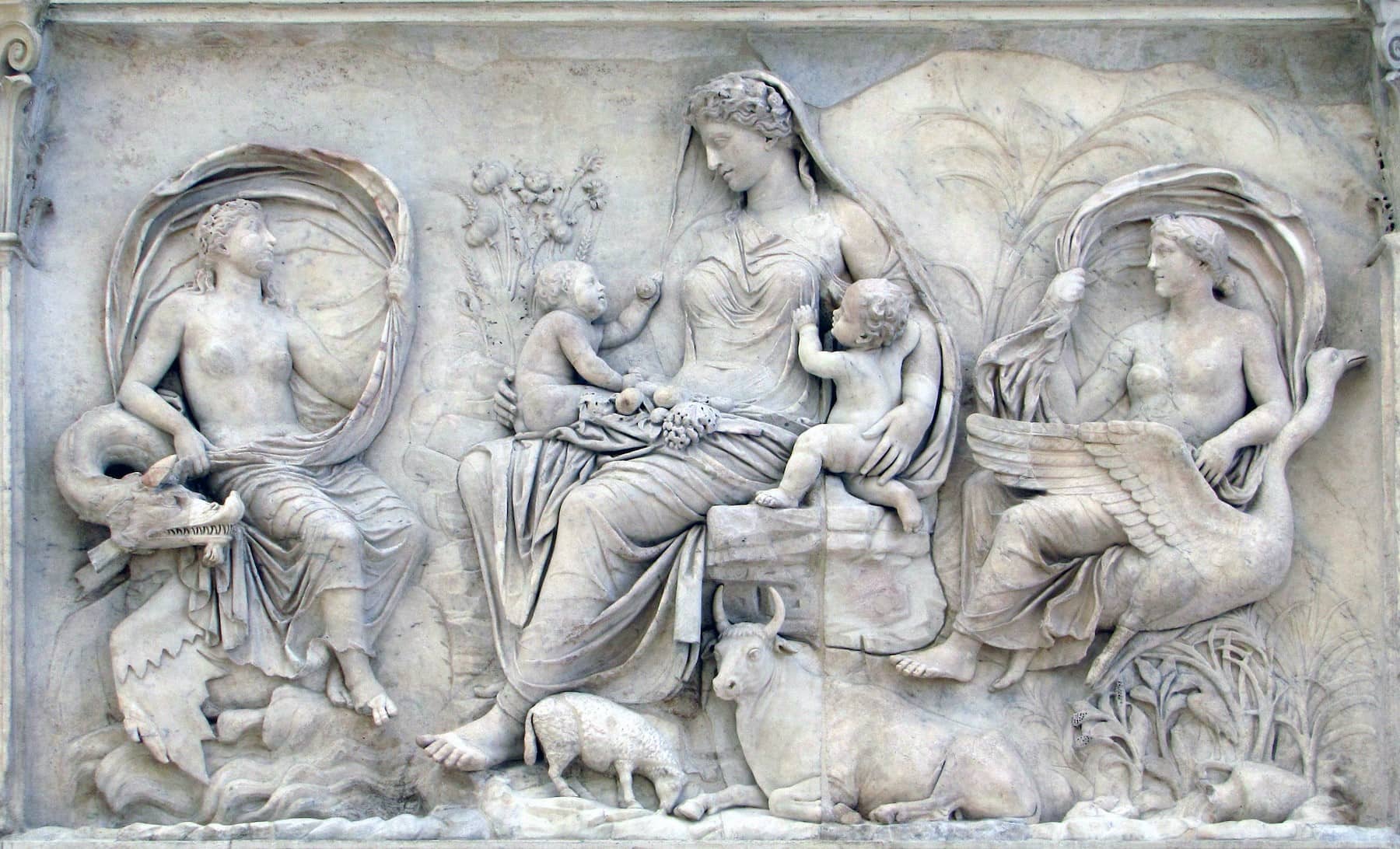
Ever wondered how Roman art has shaped the world? From grand sculptures to intricate mosaics, Roman art is a testament to creativity and innovation. This ancient civilization left behind a legacy that continues to inspire artists, historians, and even architects today. Roman art isn't just about beauty; it tells stories of gods, heroes, and everyday life. Imagine walking through a Roman villa, seeing frescoes that have survived millennia, or standing before a colossal statue that once adorned a bustling forum. Why is Roman art so significant? Because it bridges the past and present, offering a glimpse into a world that laid the foundation for modern Western culture. Ready to dive into some amazing facts about Roman art? Let's get started!
The Origins of Roman Art
Roman art has a rich history that spans centuries. It evolved from a blend of influences and styles, creating a unique artistic legacy.
- Roman art began around the 8th century BCE, heavily influenced by the Etruscans and Greeks.
- The Romans adopted and adapted Greek art forms, creating their own distinct style.
- Roman artists were skilled in various mediums, including sculpture, painting, mosaic, and architecture.
Sculpture and Statues
Roman sculpture is one of the most recognizable forms of ancient art. These works often depicted gods, emperors, and everyday people.
- Roman sculptures were often made from marble and bronze.
- Many Roman statues were copies of Greek originals, showcasing their admiration for Greek art.
- Portraiture was a significant aspect of Roman sculpture, with realistic depictions of individuals.
- The Romans developed a technique called "verism," focusing on realistic and sometimes unflattering details.
Roman Mosaics
Mosaics were a popular form of decoration in Roman homes and public buildings. These intricate artworks were made from small pieces of colored stone, glass, or tile.
- Roman mosaics often depicted scenes from mythology, daily life, and nature.
- The floors of wealthy Roman homes were frequently adorned with elaborate mosaics.
- Mosaics were not only decorative but also served as a status symbol for the wealthy.
- The "Alexander Mosaic" from Pompeii is one of the most famous examples, depicting the Battle of Issus.
Roman Frescoes
Frescoes were another popular art form in ancient Rome, often used to decorate the walls of homes and public buildings.
- Frescoes were created by applying pigment to wet plaster, allowing the colors to penetrate the surface.
- The Villa of the Mysteries in Pompeii contains some of the best-preserved Roman frescoes.
- Frescoes often depicted scenes from mythology, landscapes, and portraits.
- The "Fourth Style" of Roman wall painting combined elements of earlier styles, creating a more complex and decorative approach.
Architecture and Engineering
Roman architecture and engineering were groundbreaking, influencing building techniques for centuries.
- The Romans perfected the use of concrete, allowing them to construct larger and more durable structures.
- The Colosseum, an iconic symbol of Rome, could hold up to 50,000 spectators.
- Roman aqueducts were engineering marvels, transporting water over long distances.
- The Pantheon, with its massive dome, remains one of the best-preserved examples of Roman architecture.
- Triumphal arches, like the Arch of Constantine, celebrated military victories and honored emperors.
Influence of Religion
Religion played a significant role in Roman art, with many works depicting gods, goddesses, and religious rituals.
- Temples were adorned with sculptures and reliefs depicting deities and mythological scenes.
- The Romans adopted gods from other cultures, incorporating them into their own pantheon.
- Early Christian art emerged in the Roman Empire, blending Roman artistic traditions with new religious themes.
- Catacombs in Rome contain some of the earliest examples of Christian art, including frescoes and carvings.
Everyday Life in Roman Art
Roman art also provides a glimpse into the daily lives of its people, capturing scenes of work, leisure, and family.
- Frescoes and mosaics often depicted banquets, showing the importance of food and social gatherings.
- Roman art includes scenes of agricultural activities, highlighting the significance of farming.
- Gladiatorial games and chariot races were popular subjects in Roman art, reflecting their cultural importance.
- Domestic scenes, such as women weaving or children playing, were common in Roman frescoes.
Legacy of Roman Art
The legacy of Roman art continues to influence modern art and architecture, showcasing the enduring impact of this ancient civilization.
- Renaissance artists, like Michelangelo and Raphael, were inspired by Roman art and architecture.
- Neoclassical architecture, popular in the 18th and 19th centuries, drew heavily from Roman designs.
- Museums around the world, including the Louvre and the British Museum, house extensive collections of Roman art.
- Roman art has been studied extensively, providing valuable insights into ancient Roman culture and society.
- Modern artists and architects continue to draw inspiration from Roman art, incorporating classical elements into contemporary designs.
- The preservation of Roman art, through archaeological efforts and museum collections, ensures that future generations can appreciate this rich cultural heritage.
The Legacy of Roman Art
Roman art has left an indelible mark on history. From intricate mosaics to grand sculptures, these creations tell stories of a civilization that valued beauty, innovation, and expression. The Colosseum, Pantheon, and countless other structures showcase the architectural genius of the Romans. Their art wasn't just about aesthetics; it reflected their society, beliefs, and daily life.
Understanding these facts gives us a glimpse into the past, showing how Roman art influenced modern architecture, literature, and even politics. It's fascinating to see how techniques and styles from centuries ago still resonate today. Whether you're an art enthusiast or just curious, the legacy of Roman art offers endless inspiration and insight.
So next time you see a piece of Roman art, remember the rich history and culture it represents. It's not just art; it's a window into the ancient world.
Was this page helpful?
Our commitment to delivering trustworthy and engaging content is at the heart of what we do. Each fact on our site is contributed by real users like you, bringing a wealth of diverse insights and information. To ensure the highest standards of accuracy and reliability, our dedicated editors meticulously review each submission. This process guarantees that the facts we share are not only fascinating but also credible. Trust in our commitment to quality and authenticity as you explore and learn with us.


